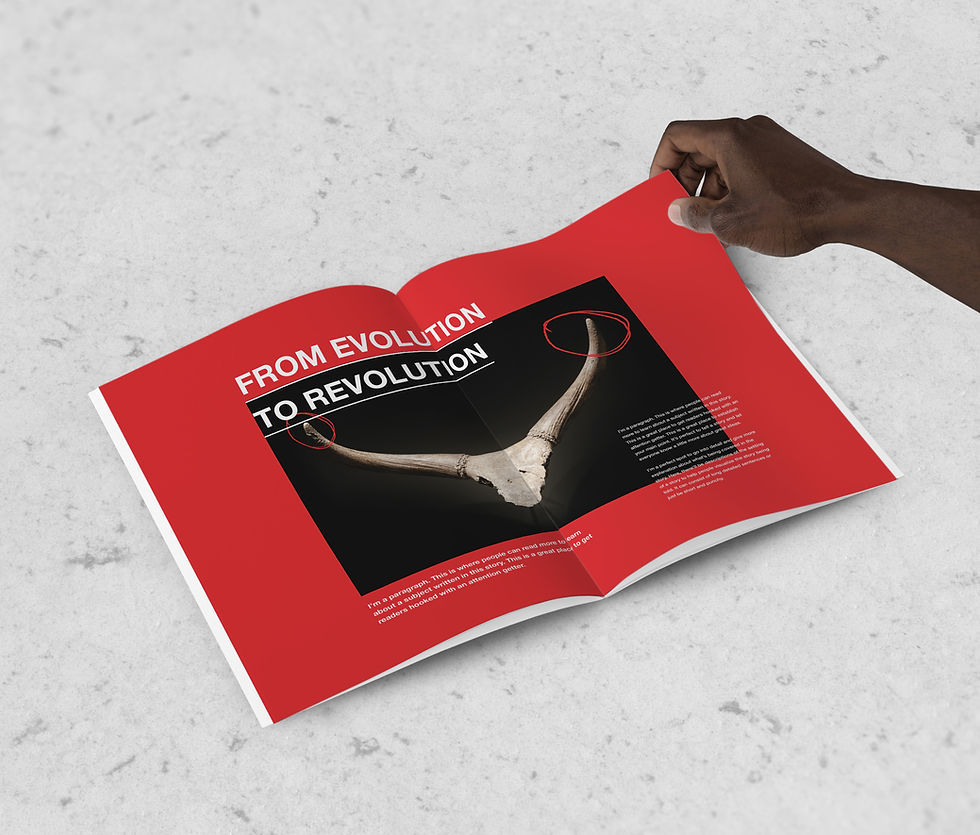What is Advertising Product Photography ?
Advertising Product Photography is a specialized branch of photography that focuses on showcasing products in a visually appealing way to attract potential customers. It combines creativity, technical expertise, and marketing strategy to create compelling images that highlight a product's features, benefits, and lifestyle appeal.
Key Elements of Advertising Product Photography
-
Lighting
-
Proper lighting emphasizes the product's details, textures, and colors.
-
Use softbox lighting for even illumination or creative lighting setups for dramatic effects.
-
-
Backgrounds
-
Clean and Minimalist: White or neutral backgrounds are common for e-commerce and catalog photography.
-
Thematic: Styled setups that reflect the product's use or brand personality (e.g., a rustic background for artisanal goods).
-
-
Composition
-
Follow principles like the rule of thirds or leading lines to draw attention to the product.
-
Experiment with angles, close-ups, and flat lays to find the best way to showcase the item.
-
-
Props and Styling
-
Use complementary props to tell a story about the product or show it in use.
-
Avoid clutter—props should enhance, not overshadow, the main item.
-
-
Focus on Features
-
Highlight specific features (e.g., texture, design, packaging) that make the product stand out.
-
Macro photography works well for detailed shots.
-
-
Post-Processing
-
Retouching enhances colors, sharpness, and eliminates imperfections.
-
Advanced techniques like compositing or adding visual effects can make the image more dynamic.
-
Types of Advertising Product Photography
-
Lifestyle Photography
-
Shows the product in use or integrated into a lifestyle setting.
-
Appeals to emotions and aspirations.
-
-
Studio Photography
-
Clean and professional, often used for catalogs and online stores.
-
Focuses purely on the product.
-
-
Flat Lay Photography
-
Aerial shots with the product and complementary elements arranged aesthetically.
-
Popular in social media marketing.
-
-
360-Degree Photography
-
Provides an interactive view of the product.
-
Useful for e-commerce platforms.
-
Tips for Success in Advertising Product Photography
-
Understand the Brand: Know the target audience, brand personality, and campaign goals.
-
Use High-Quality Equipment: Invest in a good camera, lenses, and lighting.
-
Experiment: Try different angles, setups, and compositions to find the best shot.
-
Collaborate with a Creative Team: Work closely with stylists, art directors, and marketers to align the photography with the overall vision.
-
Keep Up with Trends: Stay updated on photography styles and technology, like AR or interactive imagery.
Examples of Great Product Photography in Advertising
-
Apple: Minimalist photos with sharp focus on product design.
-
Nike: Dynamic lifestyle shots that emphasize movement and performance.
-
Coca-Cola: Vibrant and mood-setting photos that highlight brand identity.
Would you like to explore techniques, equipment recommendations, or how to set up a product photography shoot?




















































Best Advertising Agency in
Minneapolis
Advertising Agency is a company that specializes in creating, planning, and managing advertising campaigns and strategies for businesses. These agencies act as external partners, helping brands to effectively communicate their messages to target audiences, build brand awareness, and drive sales.
Advertising is the strategic communication used to promote or sell products, services, ideas, or brands. It plays a critical role in shaping consumer behavior, building brand awareness, and driving sales. Below are some key aspects of advertising:
Types of Advertising
-
Digital Advertising: Online platforms like Google Ads, social media, and email campaigns.
-
Print Advertising: Magazines, newspapers, and brochures.
-
Broadcast Advertising: Television and radio commercials.
-
Outdoor Advertising: Billboards, transit ads, and banners.
-
Native Advertising: Sponsored content that blends with editorial material.
-
Influencer Advertising: Partnering with influencers on social media platforms.
-
Experiential Advertising: Interactive campaigns or live events.
Goals of Advertising
-
Increase Brand Awareness: Making the target audience familiar with a brand or product.
-
Generate Leads: Encouraging interest that may turn into sales.
-
Drive Sales: Persuading consumers to purchase.
-
Communicate Brand Values: Building a brand image and emotional connection.
-
Differentiate from Competitors: Highlighting unique selling propositions.
Strategies in Advertising
-
Target Audience Analysis: Understanding demographics, psychographics, and buying behaviors.
-
Creative Content: Engaging visuals, compelling messages, and emotional appeal.
-
Media Planning: Choosing the right platforms to reach the audience effectively.
-
Performance Metrics: Monitoring key indicators like ROI, impressions, clicks, and conversions.
Examples of Iconic Advertising Campaigns
-
Nike: "Just Do It" – Encourages personal achievement.
-
Coca-Cola: "Share a Coke" – Personalizes the product with customer names.
-
Apple: "Think Different" – Promotes innovation and creativity.
-
Old Spice: "The Man Your Man Could Smell Like" – Combines humor and product appeal.
